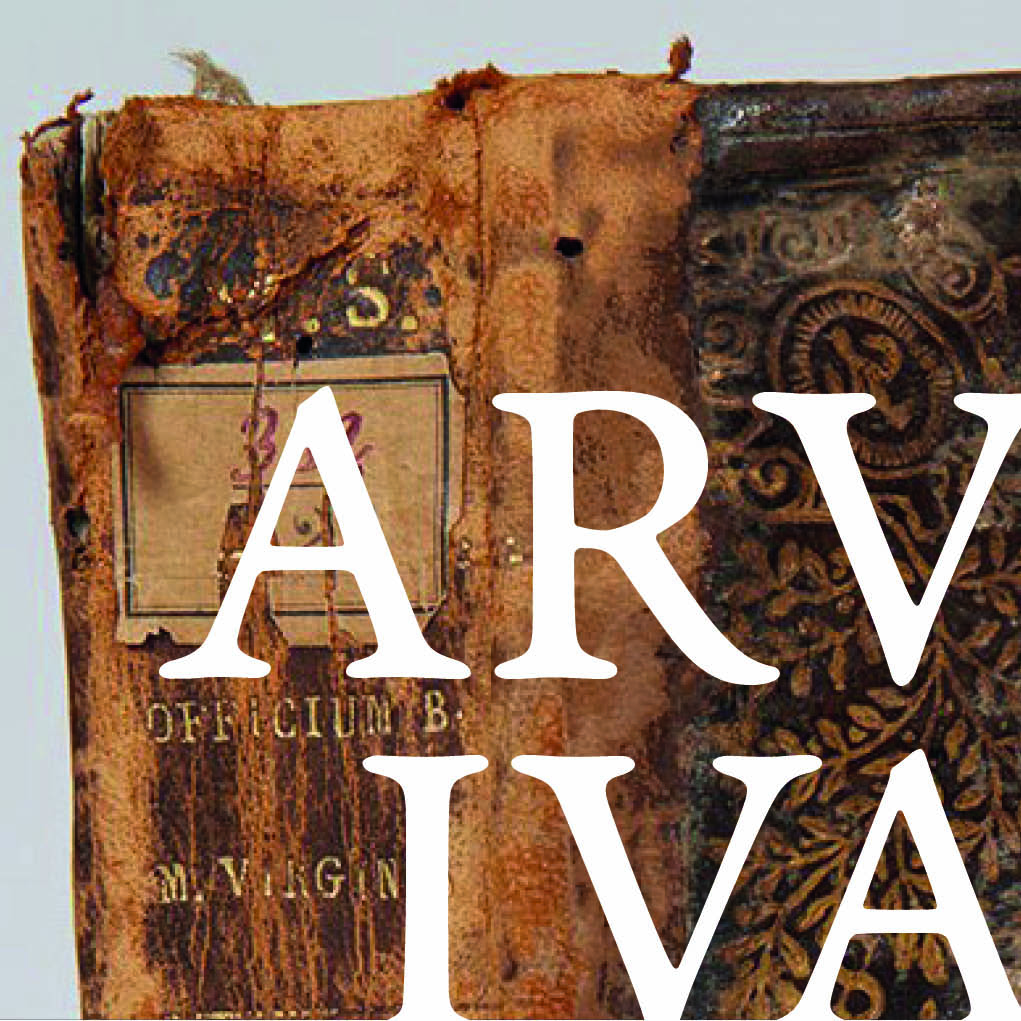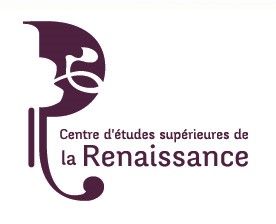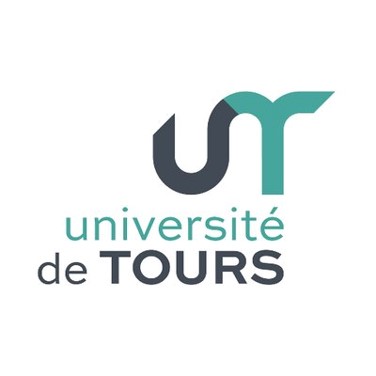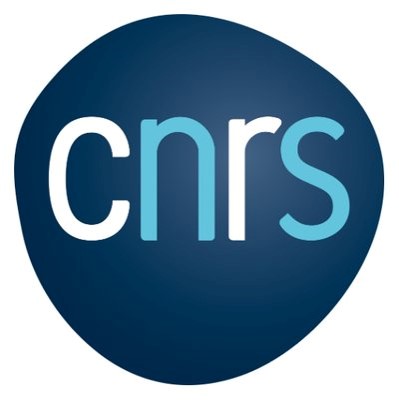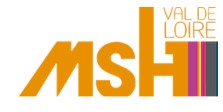Conférence de Marion Boudon-Machuel et Pascale Charron : "Reconsidering the Renaissance in France : New Approaches to Figurative Arts in Loire Valley"
Marion Boudon-Machuel et Pascale Charron, Centre d'Etudes Supérieures de la Renaissance (CESR)
Portés par le CESR et associés au programme Intelligence des Patrimoines, les deux projets de recherche sur l’art en Val-de-Loire Sculpture3D et ARVIVA ont fait l’objet d’une communication commune dans le cadre du colloque international Actual Problems of Theory and History of Art qui s’est tenu à l’université Lomonosov à Moscou du 27 au 31 octobre 2015.Sous le titre « Reconsidérer la Renaissance en France : nouvelles approches des arts figuratifs en Val de Loire », Marion Boudon-Machuel et Pascale Charron ont présenté l’apport des outils numériques (bases de données, objets 3D…) développés en adéquation avec les caractéristiques des œuvres étudiées.
Abstract : Reconsidering the Renaissance in France: new approaches of figurative arts in the Loire Valley.
Marion Boudon-Machuel (Professor, Modern art history)
Pascale Charron (Senior lecturer, Medieval art history)
University of Tours – Centre des Études Supérieures de la Renaissance
At the very beginning of the XVIth century, Loire Valley was the French royal court residence and then a center of high level of artistic production (painting, sculpture, jewelry, tapestry, illuminated manuscripts …). Around 1900, the young discipline of Art History has focused on this “regional school of artistic production” and defined specific tools for studying it. Such fundamental studies as that of Paul Vitry on Michel Colombe (Paris, 1901), and the 1904 exhibition on French Primitives, as so many subsequent studies determined two main ways of study: firstly, monographic analysis of the production of important artists such as Jean Fouquet, Michel Colombe or Jean Bourdichon; secondly, the definition of notions like “school of Loire Valley” or “art de la détente”. Recent historiography has reconsidered the subject and proposed new lines of reflexion. The more dynamic and opened notion of “foyer” has replaced the notion of “regional artistic school“ and the anonymous corpus or those of the major Masters have been reevaluated (Michel Colombe, Jean Poyer, Master of Claude of France – Eloi Tassart ?).
The Centre des Études Supérieures de la Renaissance is an actual actor of this revival through two programs of research. ARVIVA inventories, analyses and evaluates figurative arts in the Loire Valley in a large period from 1470 to 1600. Sculpture 3D proposes to reconsider key masterpieces with the help of augmented reality in order to place new digital tools in service of scientific analysis. The first results of these programs are manifold. The enlarged period of study allows to better understand the evolution of the artistic production. Moreover, deeper archives researches enlighten relationships of the artists and the donors, and draw interactive social network in Tours around 1500.
On that base, this paper will focus on particular examples: Tours as capital of luxury, parishes as center of microhistory of the social network, and recently discovered works of art and new considering on masterpieces.
Publication : « VI International Conference : Actual Problems of the Theory and History of Art. Renaissance and European Art » (Moscou, 27-31octobre 2015), p. 393-400
